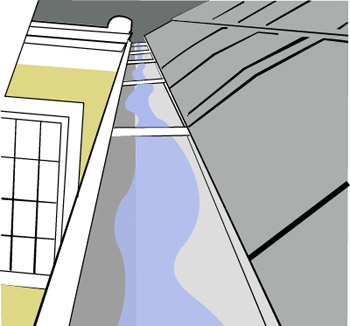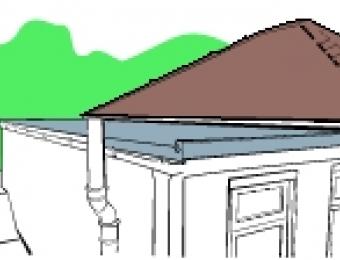
Your drainage system
For your roof to be waterproof, you need to have a drainage system to help move water off your roof and away from your walls and foundations. A drainage system incorporates your roof’s pitch and shape, the guttering, downpipes and any drains or a water collection system. When designing a roof drainage system, how much rainfall your region has received in previous years and over what period needs to be considered. This will help to determine what volume of water your drainage system needs to be capable of carrying.
Rainfall intensity
When calculating what size gutters and downpipes to install on a roof, the intensity of the rainfall your region has experienced in the past needs to be considered as well. For example, your area might receive an average yearly rainfall of 300mm - but if this happens over a 72 hour period, your drainage requirements will be different than they might be if the rainfall is spread evenly throughout the year.
Roof shapes and types
Water drainage is affected by both the pitch and the shape of your roof. A roof that is more steeply pitched will drain water more efficiently than a flat roof. In fact, if you have a flat roof you will need to pay special attention to water drainage. You may need to install a pump to help carry water away. Roofs with valleys will have more issues with drainage than those without, as there are more places for water to pool.




